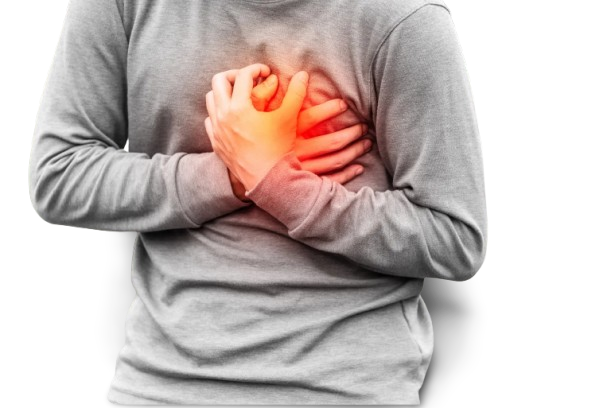Home
There are racial and ethnic differences in Blood type and composition. We display these differences, in chart form, to show differences, purities and migration. The ABO Blood group system was discovered in 1901 and since it is of major importance in medicine, samples have been diligently collected from the most remote of people groups for a century. Of no other human characteristic is so much data available. Most populations have migrated and mixed. Unfortunately the reliability of the Blood data for assessing relationships between population groups is very limited. This is mostly due to the lack of availability and interchange of this important data. As the chart below reveals, the frequency and purity of the four main ABO Blood groups varies in populations throughout the world. Great variation occurs in different groups within a given country; even a small country, as one ethnic group mixes, or not, with another. Blood type purity depends on migration, disease, interrelational-reproductive opportunity, traditions and customs, geography and the initial Blood type assigned.
Publishing the ethnic differences in Blood type and the racial differences in Blood type is not, in the present-day world, considered to be politically correct. We compile and maintain this database through and thanks to, often times, reliable, confidential sources. Every Blood gathering entity in the world must gather this information to stay in business, but almost every one of them is afraid to publish the racial and ethnic differences in Blood type, given the emotionally charged political climate.
Distribution of the A type blood in native populations of the world
Distribution of the B type blood in native populations of the world
Distribution of the O type blood in native populations of the world
For more about Blood Type
REF :
- bibliotecapleyades
- anthro.palomar
- http://www.bloodbook.com/world-abo.html










































